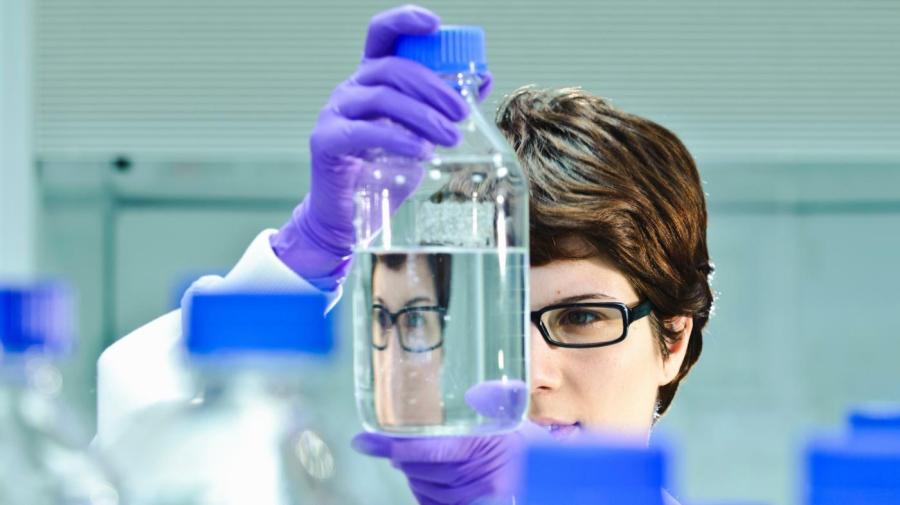What Are Sources of Error in a Chemistry Lab?

In a chemistry lab, sources of error can include human error, observation error and problems with equipment.
Uncertainty is always a component of chemistry. Errors can arise from many sources. Technical limitations in machinery and equipment can influence the outcome of chemical experiments. Measuring techniques may not be precise, and the chemist may simply be inexperienced. Human experience, which is a common cause of error among young chemists, means that the individual has good intentions in performing an experiment but lacks the requisite skill level to complete the experiment efficiently. In time, human error tends to lessen as chemists become more knowledgeable.
Undefined Experiment
Some errors in the chemistry lab result from an unclear definition or expectation of what the experiment is supposed to record. For instance, several chemists might get different answers when measuring a piece of rope or rubber band if they do not know what the tension is supposed to be.
Instrument Limitations
Other times, errors in the chemistry lab result from instrumental limitations. While measuring devices strive for complete accuracy, they may not yield entirely accurate results. A digital scale, for instance, might only round a number to the next three decimal places, when instead the experiment calls for more accurate results to a higher number. Another source of instrumental error arises from improper calibrations when calibrations are made under certain conditions. Chemists might also fail to reset an instrument to zero before the experiment or check to see that it is calibrated properly. Similarly, instruments might have lag times, which means that it takes some time for the machine to reach a point of equilibrium. Tests that are administered prematurely might produce skewed results because of lag time.
Factor Limitations
Another source of error is the failure to account for all factors. This usually occurs when chemists focus exclusively on one factor while failing to account for the influence of other relevant factors. When measuring an object’s speed in a free-fall to the ground, for example, a chemist might fail to account for the Earth’s magnetic pull as an influential factor. Chemists can usually prevent these types of errors by discussing the experiment with peers beforehand, as others might point out flaws that the chemist does not see.
Physical Variations
Physical variations can also account for errors in the chemistry lab. To avoid this error, chemists should perform tests on an entire population size. Doing so may reveal variations that previously went unnoticed. If a chemist discovers a physical variation, he or she may isolate the problem for a closer analysis or combine the results of the population size selected to find an average value.
Sampling Errors
Problems can also arise in the sampling process. To get the most accurate results, chemists must either take samples from a large population size or obtain multiple samples from the population size selected. Errors can arise from the precise conditions required to collect that sample size, or from the ability of the population size. For instance, chemists might need to collect samples from a hood located near a vent in the lab. The results of that test might be affected by the temperature of the lab during sample times and the requisite heating and cooling period. After identifying a cause, chemists should evaluate the importance of the error and note any significant effects it has on the study.





